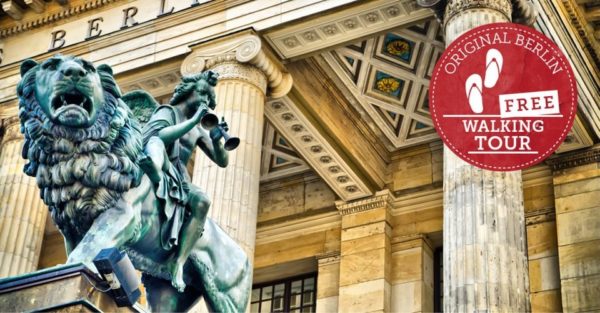Introduction
The Berlin Wall was a physical barrier between East and West Berlin, from 1961 to 1989, and was known as a symbol of the Cold War. Used more than just as a wall, it was the symbol of a wall of political and ideological division, erected by the German Democratic Republic (GDR). This article will look at the main facets of the Berlin Wall’s creation: what it was used for, how it was constructed and how it influenced the lives of people around it.
The Need for the Wall
In the aftermath of World War II, Germany was divided into four occupation zones controlled by the Allied powers: The Soviet Union, the United States, the United Kingdom and France. Over time, tension between the Soviets and the Western Allies grew, resulting in the formation of two separate German states: for the Federal Republic of Germany (West Germany), and the German Democratic Republic (East Germany).
The GDR government was worried about the growing number of East Germans fleeing to the West in search of political freedom and better economic opportunities. Physically stopping the mass exodus was made to construct a barrier between East and West Berlin.
The Construction Process
In the night of August 12 – 13 of 1961 the construction of the Berlin Wall started, and world was taken by surprise. To avoid foreign intervention the GDR wanted to complete the wall as fast and as efficiently as possible. The process involved several key elements:
-
Barbed Wire Fence
During the initial phase a barbed wire fence was put up to stop people fleeing East Berlin. A more permanent structure replaced this hastily created barricade.
-
Concrete Wall
Shortly thereafter, the barbed wire fence had given way to a concrete wall, supported by steel girders. At first the height measured about 3.6 meters (12 feet) tall, but then it grew taller to discourage escape attempts.
-
Watchtowers and Border Patrol
Along the wall the border guards were stationed day and night, to ensure that there was no unauthorised movement. Strategically, watchtowers with searchlights and alarm systems were placed for surveillance purpose.
-
Anti-vehicle Trenches
To thwart attempts to breach wall by vehicles, anti-vehicle trenches were dug along border. Water filled these trenches and prevented vehicles from getting through.
-
No Man’s Land
On the Eastern side of the wall there was established a wide area which was called “No Man’s Land”. Fences were also added in this area, topped with anti-vehicle obstacles, and security patrols.
The Impact on People’s Lives
The Berlin Wall way had a great impact on people living in Berlin. Families and friends were torn apart and people were distanced from the places where families and friends work and where they study. From the moment my father was thrown in jail, the wall separated us, it created a physical and emotional barrier between loved ones and the pain caused was immense personal and societal suffering.
Strict reprisals were made and attempts to escape across the wall were made. The constant reminder of why it was not advisable to attempt to cross to the other side involved guard dogs, tripwires and armed guards. It was in desperate attempts to get to freedom where many of them lost their lives.
However, the wall also generated psychological impact, the wall perfected the East/West division. This acted as constant reminder of the ideological divide between communism and capitalism, between two politically systems.
Conclusion
The Berlin Wall was a keepsake born of the belief that it would stop East Germans from exiting. Construction was multistage, with concrete walls, watchtowers and considerable fortifications. The suffering of those affected by the wall was for the most part enduring into the personal tragedy.
Thankfully, November 9, 1989, marked a turning point on our century, when the Berlin Wall fell showing the end of Cold War era and the search of unity. The Berlin Wall serves as an example to recall how important freedom, human rights and peaceful and inclusive future are.
Table of Contents


